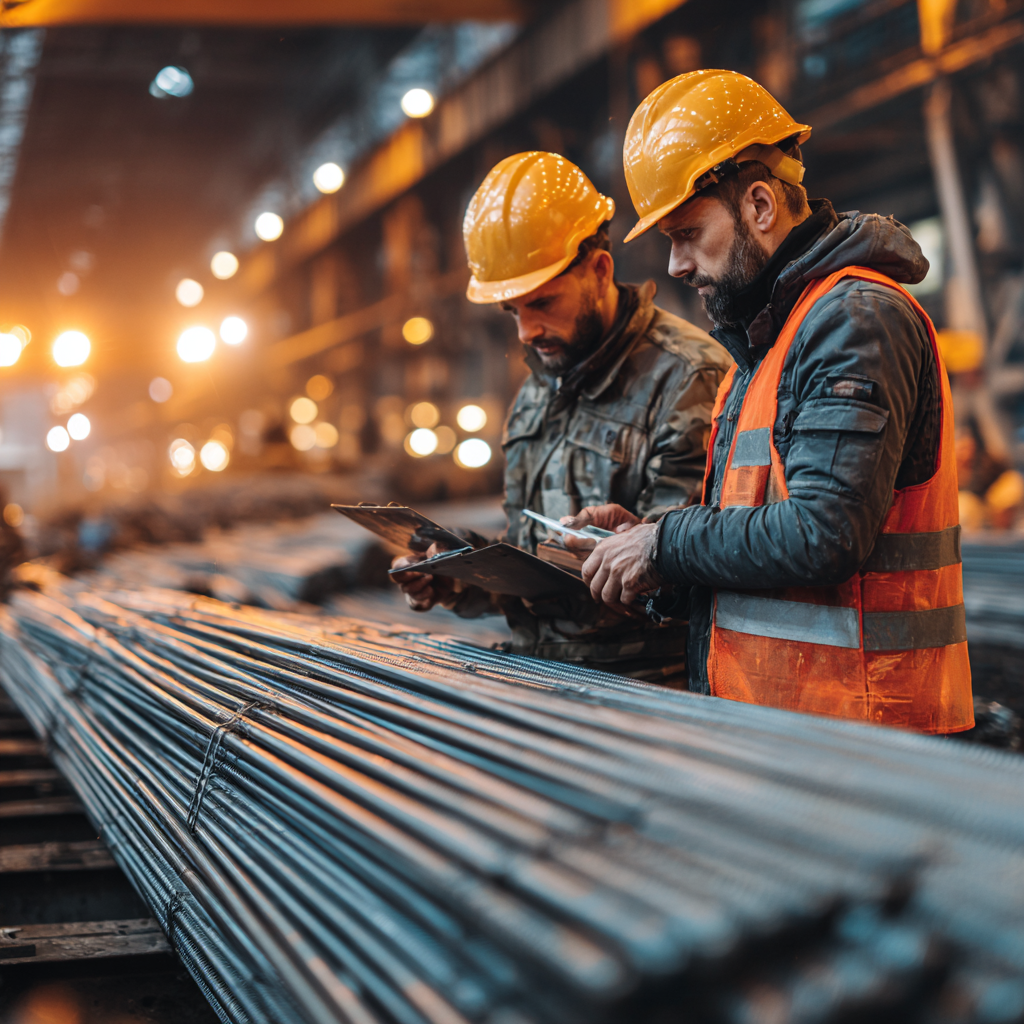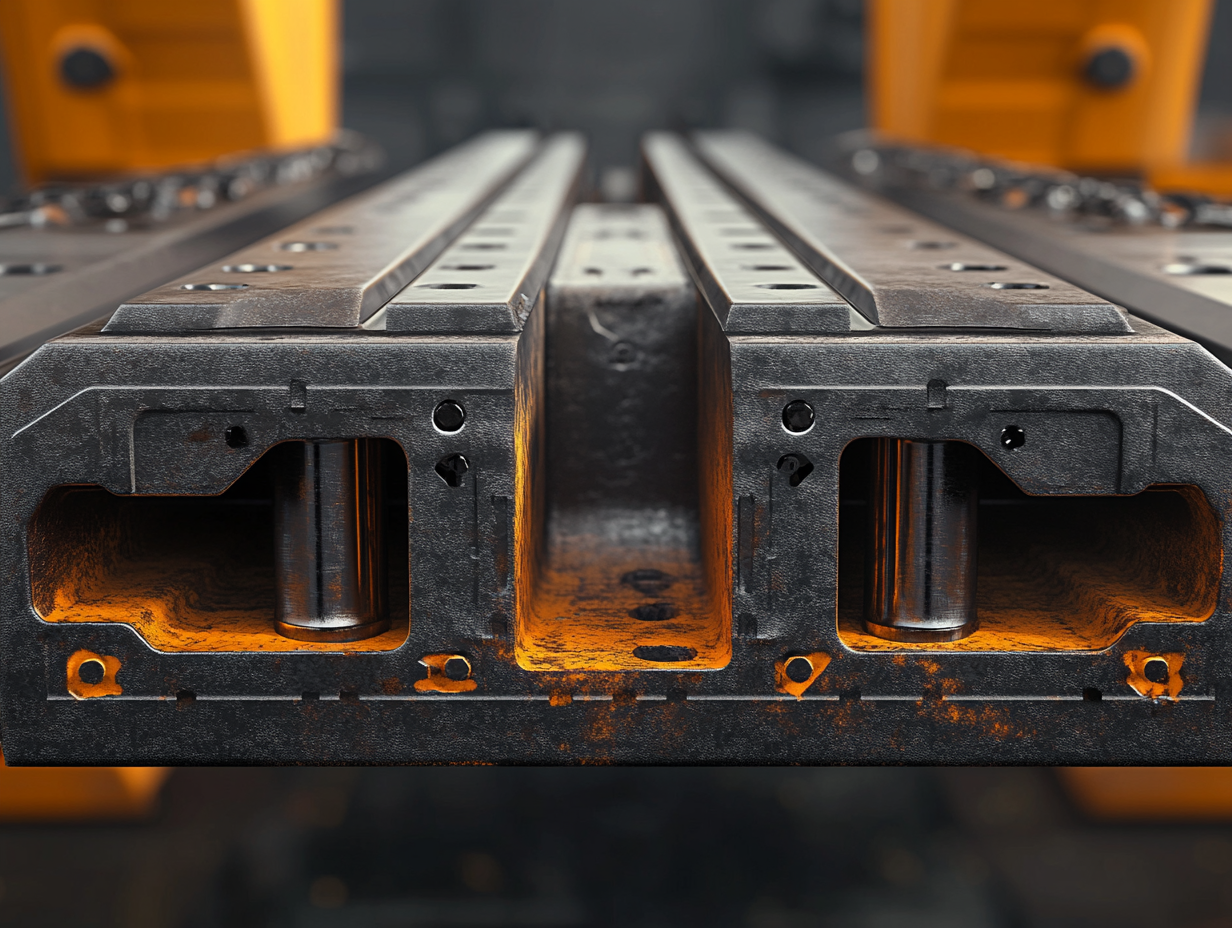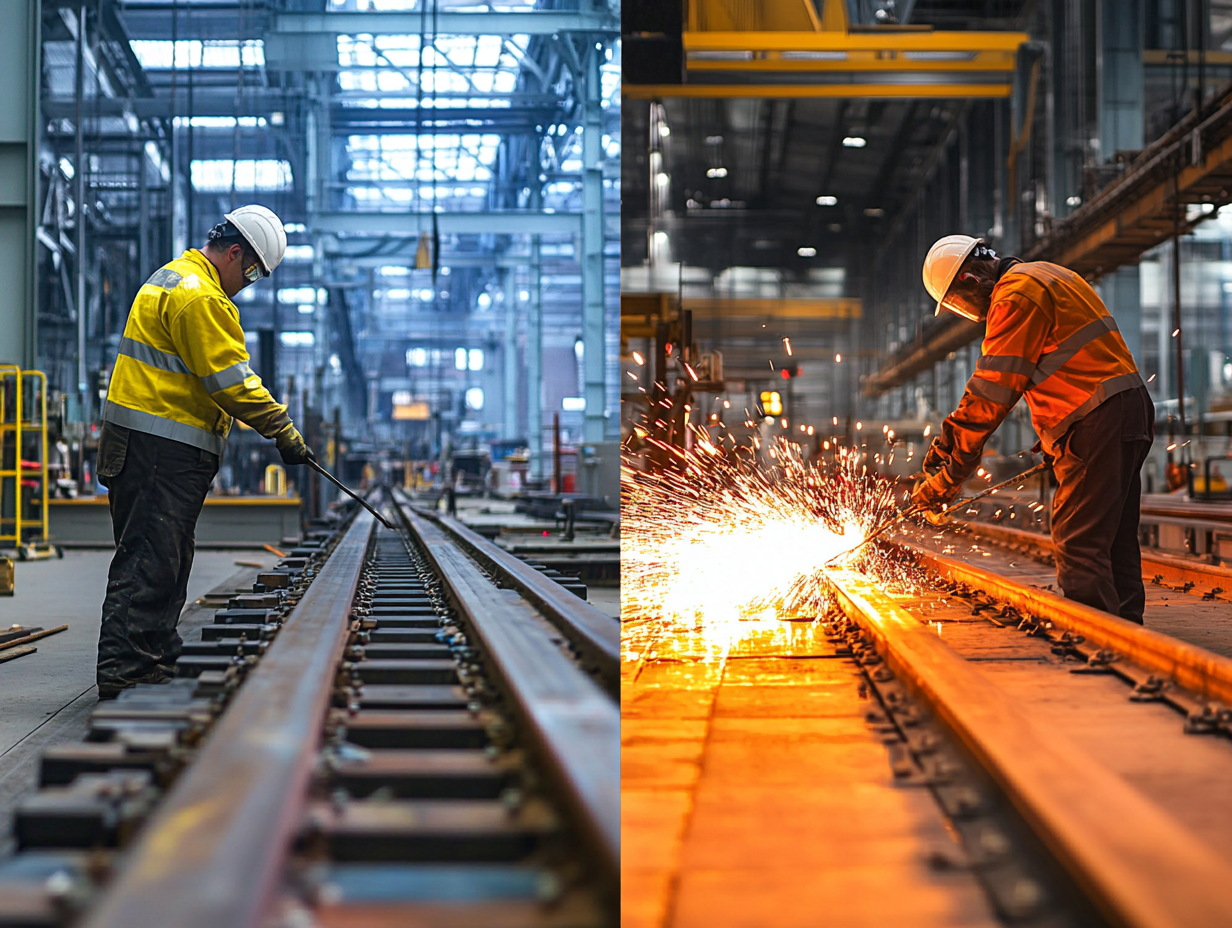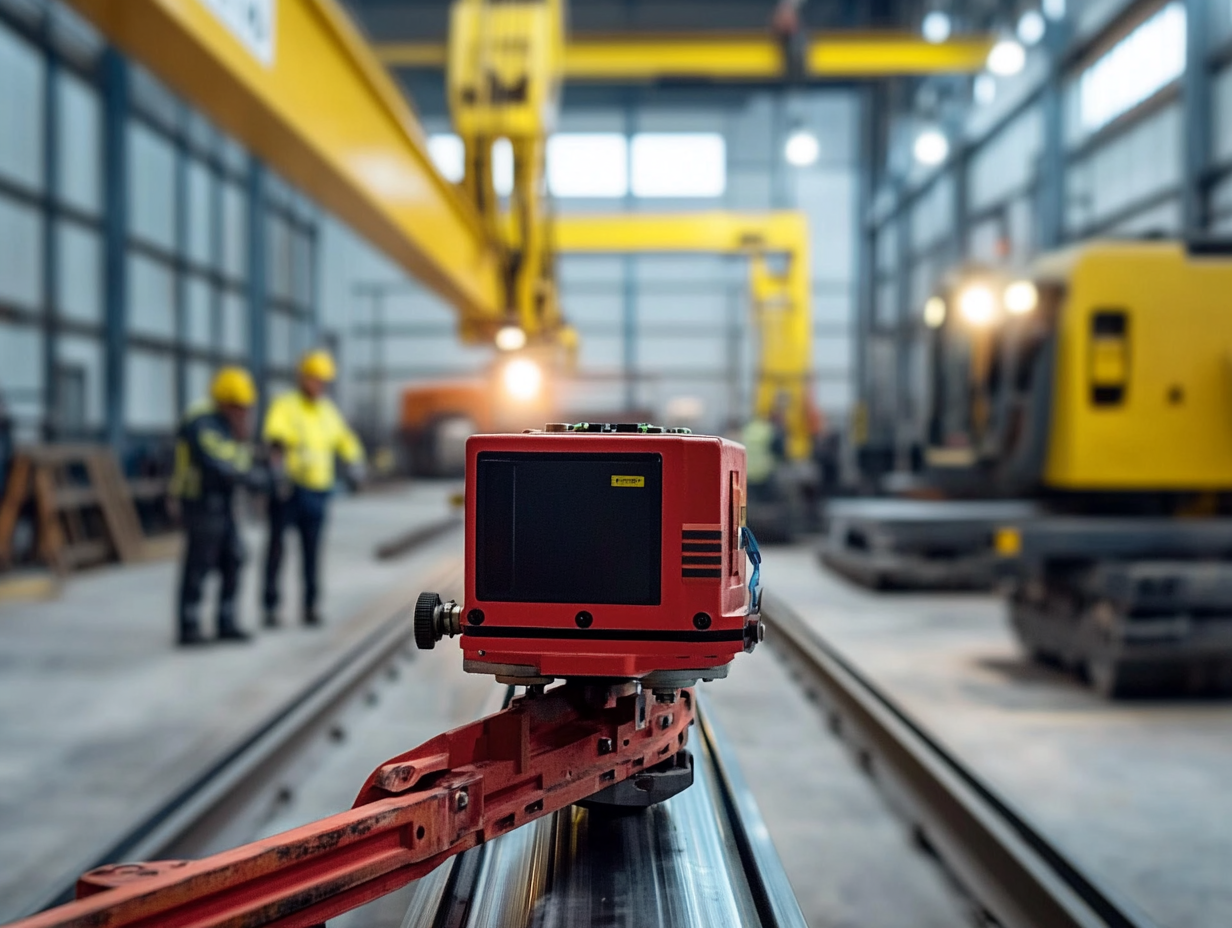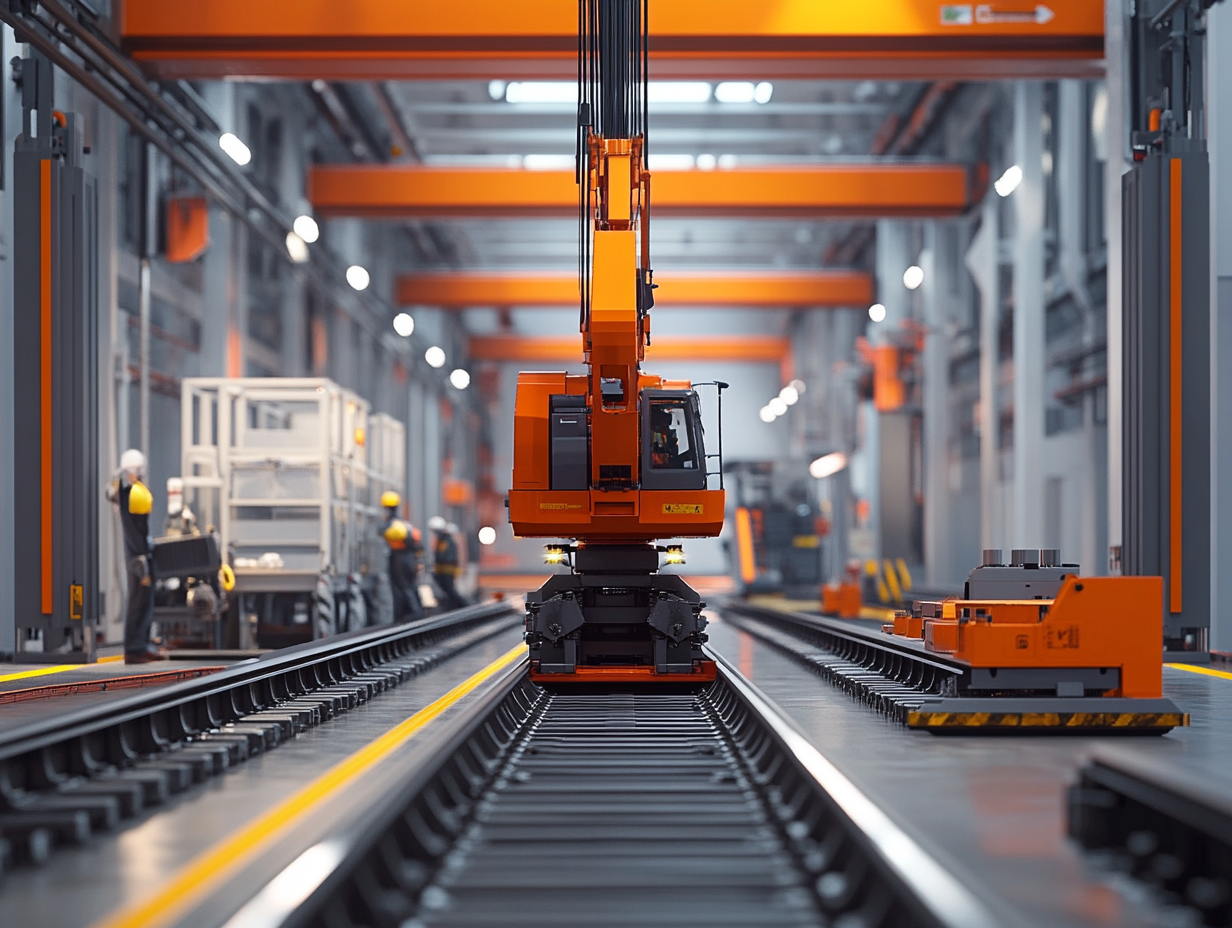The Hidden Strength Beneath Every Structure Every skyscraper, bridge, and tunnel stands on one unsung hero — reinforcing steel bars,…
In the world of crane construction, especially in mining and heavy industry, welded joints are some of the most critical stress points. These joints often endure repetitive dynamic loads, vibration, and environmental fatigue.
Crane rail maintenance is essential for ensuring safety, efficiency, and long-term durability. Companies often choose between preventive maintenance, which focuses on scheduled inspections and early issue detection, and reactive maintenance, which addresses failures as they occur. This blog explores the advantages and risks of both approaches, helping you implement an optimal rail maintenance strategy.
Proper installation of crane track rails is essential for ensuring alignment, structural integrity, and long-term durability. Poorly installed rails can lead to misalignment, excessive wear, and increased maintenance costs. This blog explores the best installation techniques, welding methods, and industry standards to follow for optimal crane track performance.
Selecting the right crane rail profile is essential for ensuring stability, load-bearing capacity, and durability in industrial operations. While DIN 536 A, DIN 536 F, and standard railway rails are commonly used, each has distinct design characteristics and applications. This blog explores their differences, advantages, and ideal use cases.


